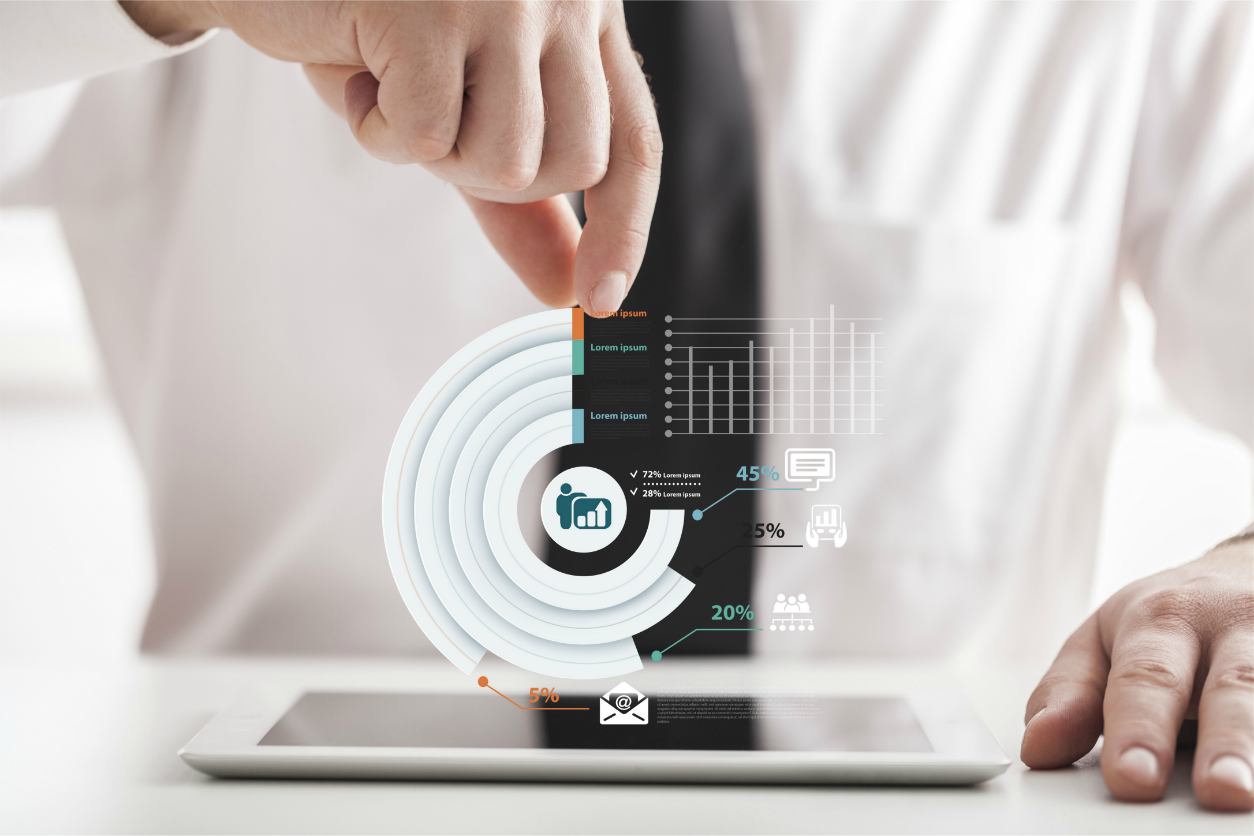In the always-on world, data has become the new currency but it can only yield dividend if it is adequately stored, mined and analyzed. This is not going to happen on its own. Companies need to take appropriate steps to make sense of the wealth of data they have. Any business which overlooks the power of data can face growth challenges.
Organizations have begun to understand the pace at which data is increasing. According to IDC, by 2020 there will be 44 trillion gigabytes of information out there; about ten times the amount of data there is today. Soon all of us would be measuring data by zettabytes — 1 sextillion bytes.
There can be enough debate around whether or not every data is useful. But most experts will tell you that secrets of business success lie deep within data which your organization it generates on a continuous basis. In order to unlock these secrets, what is required is the best tools. If mined and analyzed properly, data can transform organizations and can give unprecedented results. The use of algorithm economy or big data is recommended.
Big data has the potential to help organizations in getting the right set of insights into the data they have, thereby allowing them to synchronize well with their partners and customers in the always-on world.
Turning Data into Dollars
All of the world’s biggest Internet-based businesses – Google, Amazon or Facebook – would lose their edge, if they stop using big data. Google, Amazon and Facebook, among others, mine data to serve us with more relevant advertising and results. There is always a race among them to know what the customer needs before he/she can demand.
Furthermore traditional BFSI and retailers are also making investments to harness the power of big data. One big example is American Express which uses big data to forecast customer loyalty. Also, big data and analytics are playing a key role in the on-going US presidential elections. Agencies such as Nate Silver uses big data to predict everything from presidential elections to NBA champions. The good thing is that the insights gathered using big data are largely true, because they are based on the user behavior in the connected or the always-on world.
IBig Data analytics is about harnessing the power of data. Decision-makers in many mid-size organizations are realizing that it is necessary to extract value out of data they have. Many ecommerce companies are constantly monitoring social networks, search engines and mobile usage to predict buyer requirements. In this way, they are able to offer contextual and personalized offers.
Big Data vs Small Business
Is big data an option for companies that may not have the computing and financial resources of a large enterprise? The answer is yes. The size of a company barely matters in today’s world. Whether a startup or a small player, your competition is also with the biggies in the business.
According to Business Standard, big data is more suited to small businesses than it is for big businesses. Small businesses have the advantage of agility, making it perfectly suited to act on data-driven insights.
SMBs have an edge as they can better reach out to the always connected potential customers. CIOs can use tools that help them to gain insights into what the users are most looking for. Cloud computing and services like Microsoft’s BI, which let businesses analyze data from Excel spreadsheets, are more affordable than ever. Things like Hadoop and NoSQL put data analyzing tools at the fingertips of any tech-savvy entrepreneur.
Data can become a big differentiator for SMBs as they begin their digital transformation journey. Analyzing big data—including “dark data” (as Gartner defines it – ‘information assets that organizations collect, process and store in the course of their regular business activity, but generally fail to use for other purposes’) can yield valuable information which can be used to address the business challenges.
Extracting Value Out of Big Data
If organizations are able to derive value out of the big data explosion, nothing can stop them from growing multifold and moving past their competitors. CIOs can gradually create the foundation for big data to extract value from the organizational data.
According to TheDataDriver.com ‘Before big data is used, the organization needs the right foundation to have confidence that the data is comprehensive, reliable, and timely.” This advice is applicable in environments where legacy systems are in place.
This problem can be addressed while choosing the right big data solution. Nonetheless it merely solves one part of the problem. Another challenge can be finding the right talent and skills to manage big data workloads and applications. Only a data scientist is capable of doing this because big data analysis involves real-time analysis of both structured as well as unstructured data. It is both data-at-rest and data-in-motion. CIOs need to train their teammates to handle big data part.
In Conclusion
Majority of the world has come online. Any activity which takes place in the online world results into some kind of data. And this data is valuable. It is up to us how we use data and take preventive, predictive and prescriptive actions for the betterment of our business. With every search on Google, with every post on Facebook or with every tweet on Twitter, there are clues strewn for the success of your business.










